15+ years in this industry told me one universal truth:
“If they don't know you, they won't choose you”.
It's why I obsess over customer acquisition for early-stage startups, growing SMBs, and Fortune 500s alike.
Attracting and nurturing quality leads turns the lights on.
Yet where marketing tactics stagnate, results darken. I've already witnessed the expensive toll of failing to adapt an acquisition strategy quarter-after-quarter.

That ends today for you as we walk through modern channels, emerging trends, and results-driven best practices together. I promise tangible tips to spark sustainable lead flows.
Whether you're running on fumes or not quite firing on all cylinders yet, I'll be your fuel injection system for acquiring and converting high-value customers.
Let the journey begin... what's your biggest acquisition roadblock currently?
- Identifying and understanding your best-fit audience
- Capitalizing on digital channels
- Creating compelling content
- Email marketing best practices
- Setting customer acquisition KPIs
- Emerging innovation and predictions
Let's look at today's relatively simple put proven tactics for customer acquisition dominance.
Identifying Your Ideal Customer: The First Step to Effective Acquisition
Mass-market techniques only work if you genuinely have an undifferentiated product with mass appeal. For most businesses, chasing a general audience leads to waste—wasted ad spend, generic content, and poor conversions.
To efficiently acquire customers, you need to identify and target a specific, niche audience. Avoid falling into the trap of thinking too broadly about your “total addressable market.” Instead, double down on the subset most likely to purchase now.
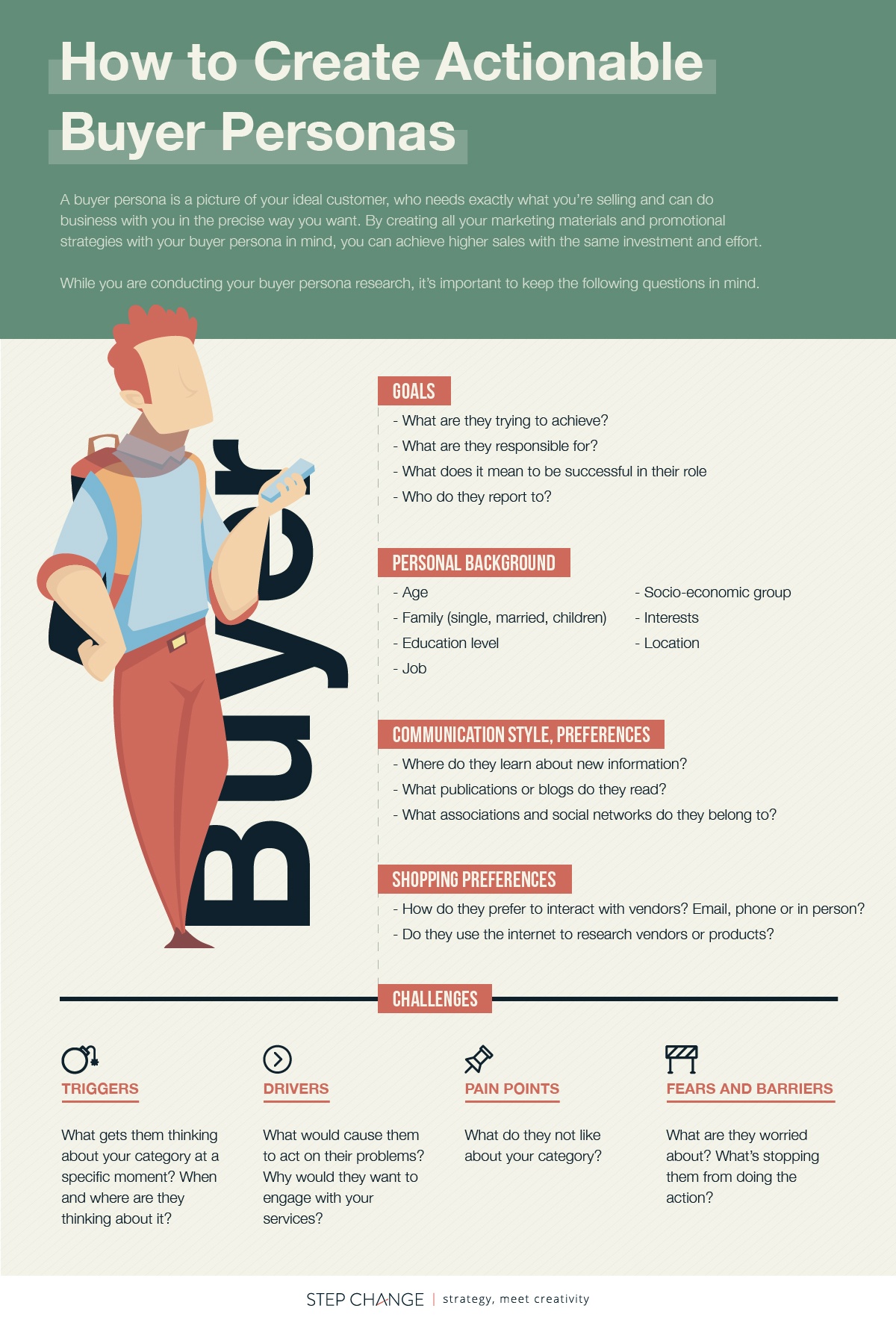
Building Buyer Personas for Targeted Strategies
Buyer personas are semi-fictional representations of your ideal target customers. Developed through market research and customer data, personas include demographic details like:
- Age
- Location
- Gender
- Income Range
- Education Level
Personas also capture behavioral data and psychographics around values/priorities, challenges, typical customer journey, and brand perceptions. Bring personas to life with specifics like:
- Job titles
- Quotes
- Photos
- Sample social media profiles
Well-researched personas act as an ongoing guide for acquisition strategies—helping you speak to needs, optimize messaging, and personalize experiences. Structure personas across profiles like:
| Profile | Details |
|---|---|
| Marketing Molly | 31, Boston, MA. Marketing Manager at software startup. Wants to amplify digital campaigns. Frustrated with current results. |
| Sales Sam | 42, Austin, TX. New sales director at retail chain. Struggling to motivate reps. believes incentives programs can turn performance around. |
Spend time up front fully mapping your personas for acquisition efforts that feel relevant and helpful.
Digital Domination: Utilizing Online Channels for Customer Acquisition

Digital channels provide unparalleled reach and targeting capabilities. You can engage precise audiences in a personalized way throughout the buyer's journey to drive conversions. Core digital strategies include organic tactics like search, social, and content efforts. You can amplify these with paid advertising.
SEO, Content Marketing, and Social Media Strategies
Getting found online organically builds valuable awareness and trust:
SEO (Search Engine Optimization) focuses on unpaid search results like Google listings. By optimizing pages and content for relevant topics, companies attract targeted organic traffic from searchers.
- Key Tactic: Create blog and site content optimized for keywords potential customers use during research. Answer common questions and provide unique insights.
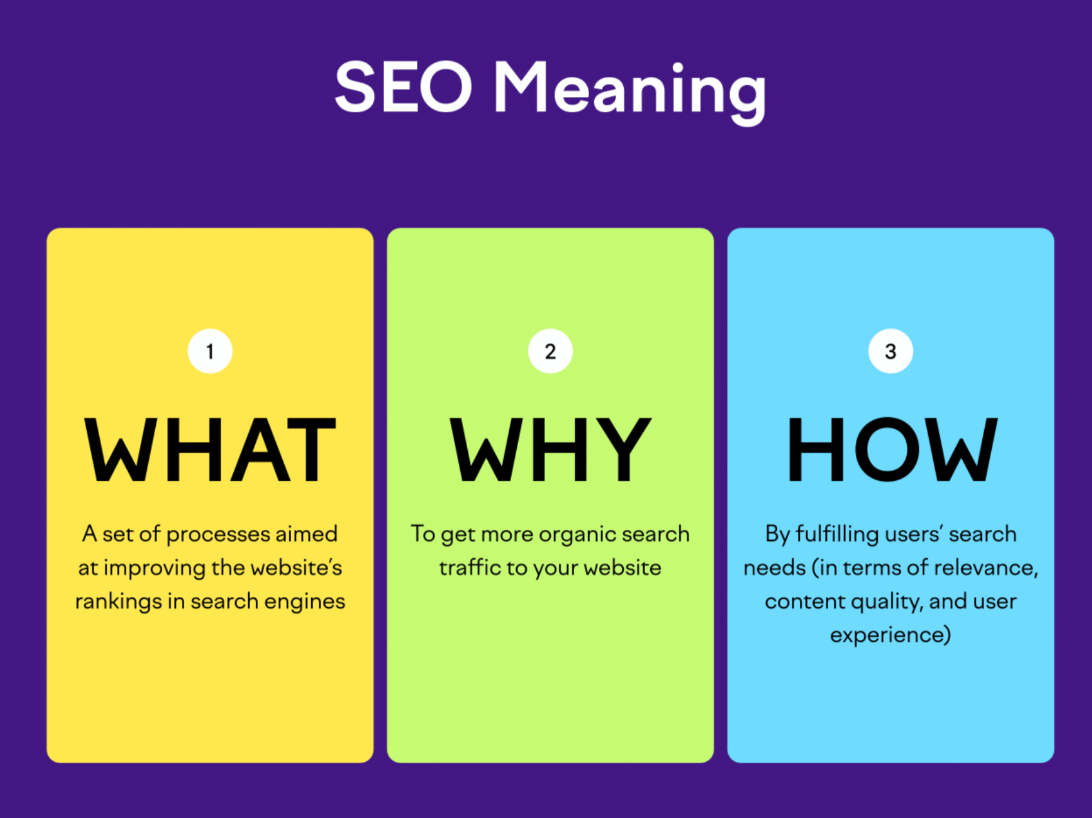
Content marketing utilizes owned media across formats like blogs, videos, and visual assets to attract and nurture potential buyers. Useful, entertaining content works across channels driving organic visitors back to your site.
- Key Tactic: Develop recurrent lead magnet offers like white papers, email courses, or webinars that provide value in exchange for contact details.
An active social media presence gives another way to organically reach and engage ideal personas. Participate in existing conversations by answering questions and providing unique perspectives through status updates, articles, and multimedia.
- Key Tactic: Use paid tools like Buzzsumo to uncover trending discussions and share useful content that cites your products or services as a solution.
When crafted specifically around topics and questions target buyers care about most, organic content fuels interest and primes leads for future conversion.
Paid Advertising: PPC, Display Ads, and Social Media Ads
You can multiply results by boosting organic efforts with paid advertising:
PPC or Pay-per-click ads appear alongside organic search listings allowing you to target keywords related to products or services. You pay only when searchers click through to your site.

Display banner advertising across the web targets personas based on their browsing history using cookies to determine interest. Display networks allow placement on specific (usually high traffic) sites.
Social media platforms like Facebook and LinkedIn offer robust targeting based on member data like demographics, interests, behaviors, and more. You can reach laser focused groups with messaging and offers tailored to their needs.

When coordinated as part of a larger inbound methodology, paid ads attract customers you may have struggled to reach otherwise. Targeting specific personas allows you to optimize cost per conversion.
The Power of Content in Acquisition Efforts
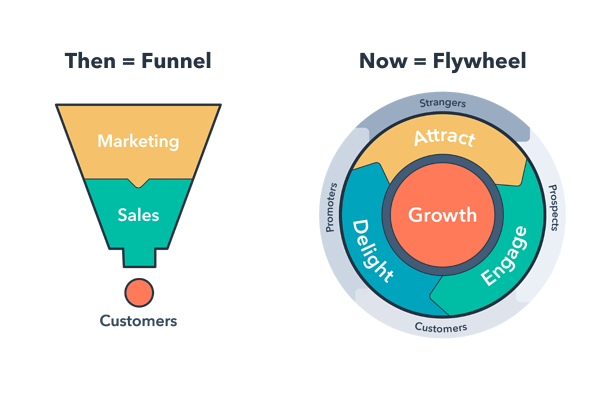
Compelling content that educates and entertains drives organic growth and amplifies other acquisition campaigns. Buyers increasingly rely on content across channels when researching products. According to Google research, digital content has 5X the conversion potential. Now that we've discussed crafting personas, let's explore the kinds of content that attract them.
Creating Content That Educates and Engages
Understand what your personas want to understand. Create content that either:
Solves a problem:
- How to improve health outcomes
- 7 ways to grow your eCommerce sales
Or satisfy desire for information/entertainment:
- Behind the scenes of vaccine development
- The future of AI and automation

Address pain points and unanswered questions from your personas' perspectives. Weave in stories, data, imagery, interviews to capture interest and appear as an authority they can trust.
Content Formats That Drive Acquisition
While long-form posts make sense for some topics, many personas prefer more scannable and consumable formats. Prioritize brief, accessible content across formats:
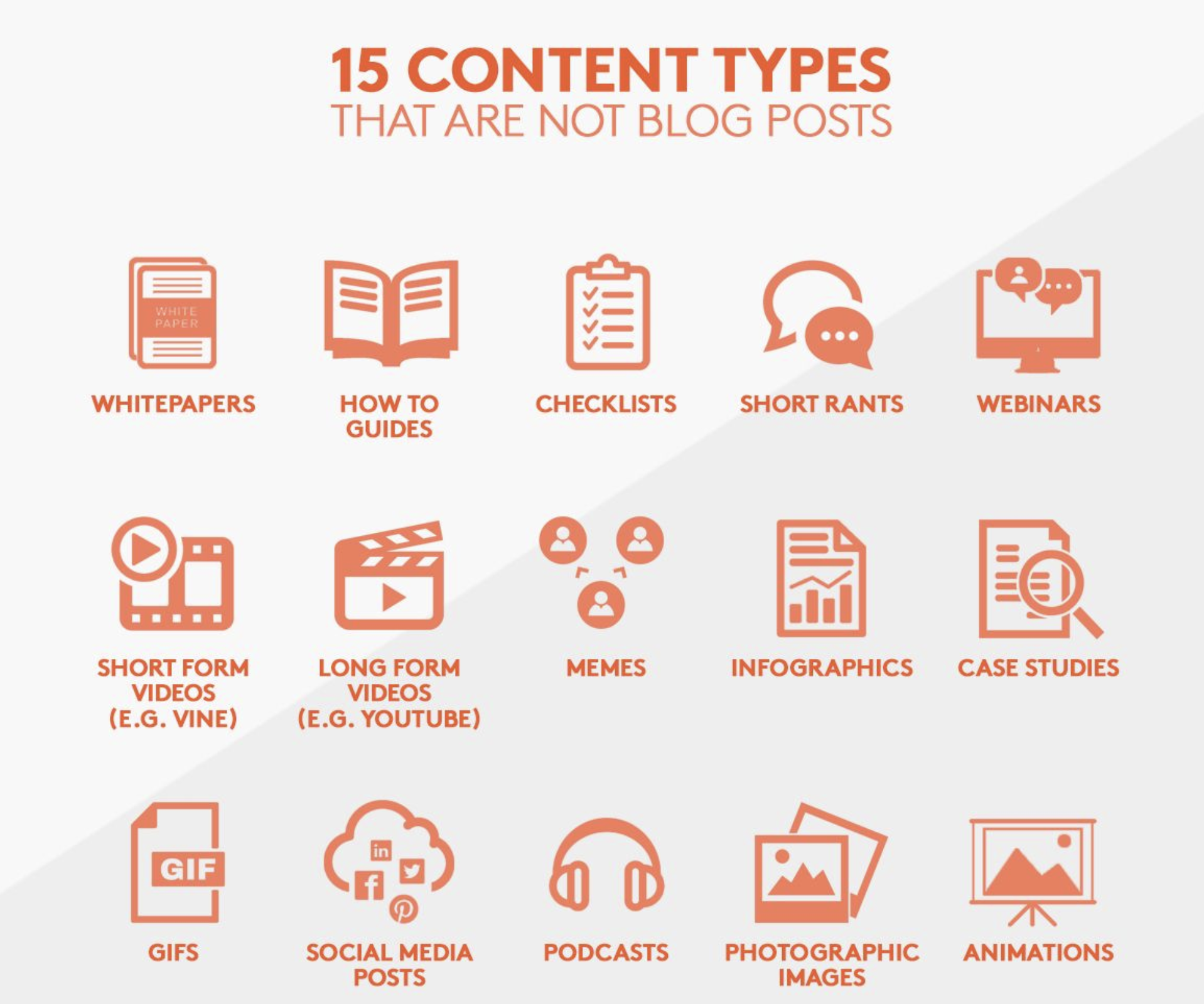
Blog posts and articles still helpful for pillar content and thought leadership around topics personas care about. Keep most under 5 minutes' reading time. Sprinkles stats, quotes, images to enhance skimmability.
Short videos (1-3 mins) help personas browse topics fast. Include quick tutorials, insider footage, thought leader summaries, product explainers. Post across YouTube, Facebook, Instagram. Can repurpose from live streams or chop longer video into snackable clips.
Podcasts and audio content let multitasking personas consume while driving, exercising, etc. Keep episodes focused on single problems solved or questions answered. Share audio clips across platforms.
Infographics, photos, charts, and graphs make concepts more digestible through visuals. Create standalone assets or sprinkle into written posts.
Interactive tools and assessments provide value in exchange for contact details. Lead gen offers like ROI calculators, configuration tools, skills tests generate useful data while capturing leads for conversion.
No matter which content formats you prioritize, the common thread is providing value. Give your personas content that helps them, entertain them, save them time or make decisions. Helpful content earns attention today and loyalty long-term.
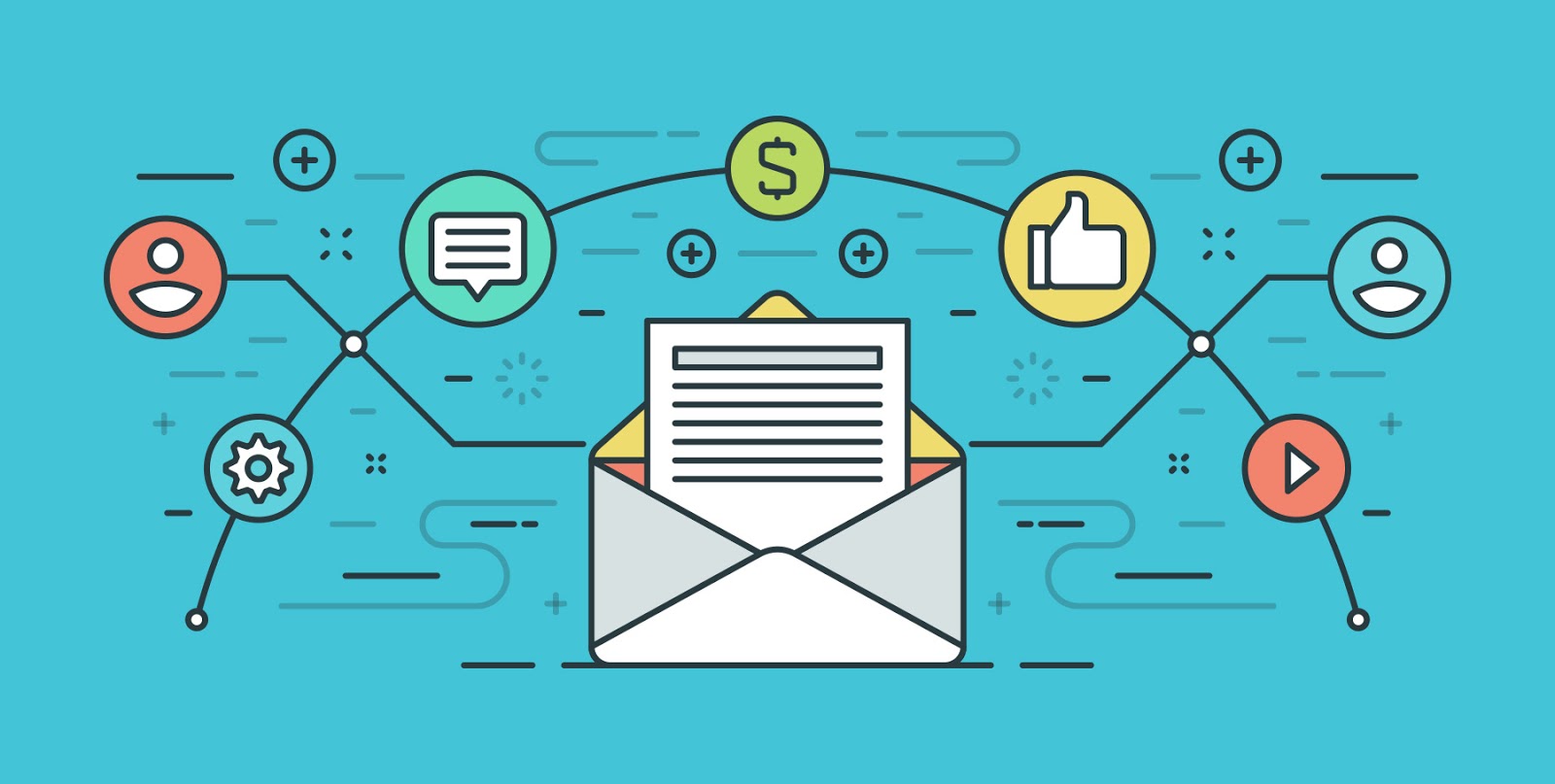
Email Marketing: A Timeless Tool for Customer Acquisition
While other strategies focus on top-of-funnel discovery, email marketing fuels conversions by nurturing relationships with mid-funnel prospects until they are sales ready. Despite the influx of newer tactics, email still delivers unrivaled ROI - $42 for every $1 spent by some estimates. Let's explore tips for unlocking its acquisition potential.
Building an Email List

There’s no overnight hack to amass targeted, engaged subscribers. Growing your list simply requires consistently offering value. Some proven tactics:
- Gate premium content behind opt-in forms. Offer desired resources like white papers, cheat sheets or demos in exchange for their email address.
- Run contesting and giveaways to incentivize sign-ups. Everyone loves free stuff! Consider sweepstakes for your products or services.
- Ask satisfied users for referrals. Happy customers often willing to share useful offers with friends for rewards.
- Make sign-up frictionless across all touchpoints. Add email capture to transactional pages, menu bars, pop-ups and more.
Invest in accrual over rental lists. While pay-per-send services seem appealing, the motivation to engage plummets when subscribers don't consciously opt in.
Crafting Email Campaigns That Convert
With list growth, shift focus to nurture subscribers by delivering consistent value tailored to their needs. Segment groups based on behaviors and attributes for personalized journeys. Here are 5 keys to email campaign success:
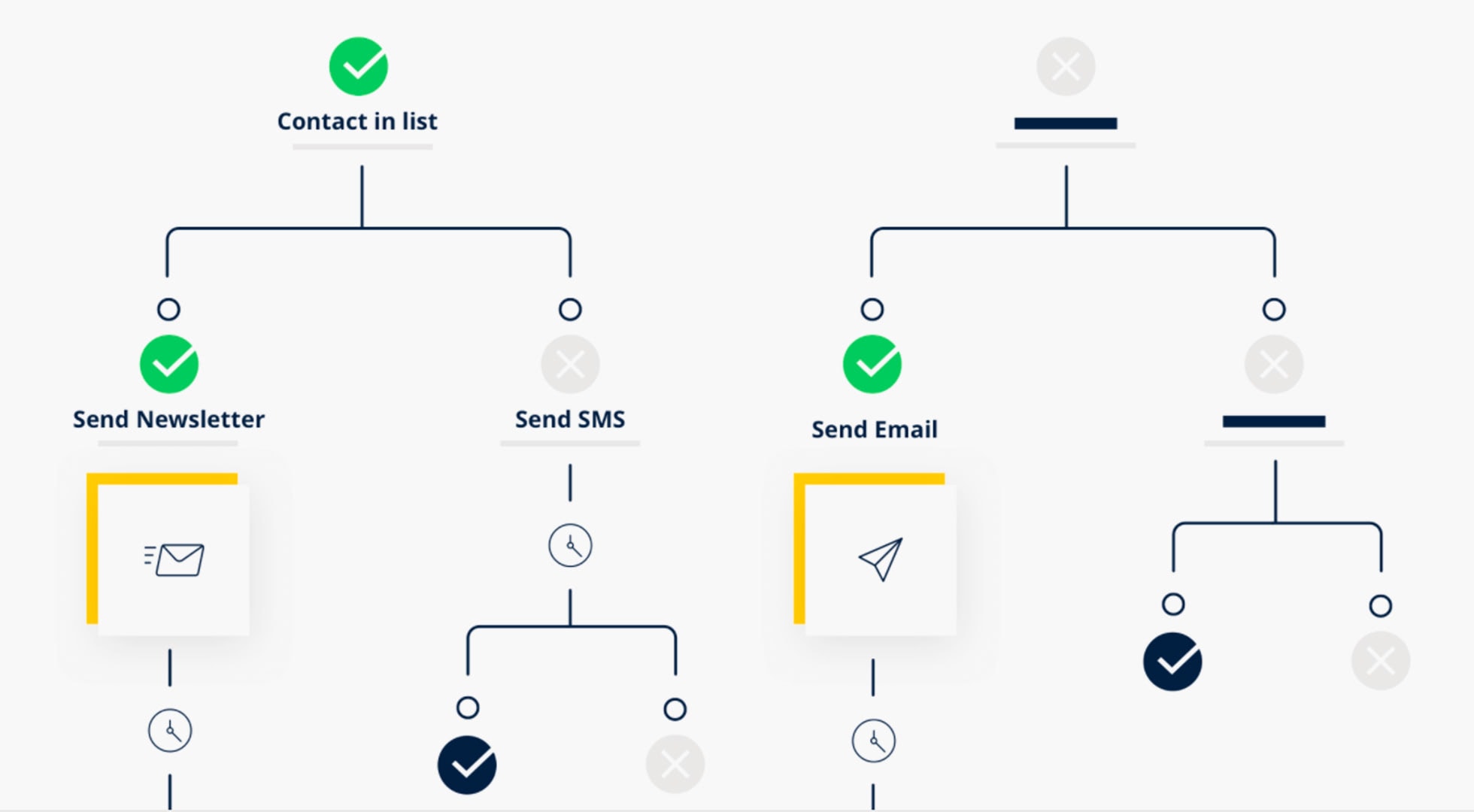
- Curate content specifically around their preferences using segmentation such as:
- Geography
- Job title
- Past interactions
- Limit text in favor of scannable formatting like sections, bullets, bold fonts, plenty of whitespace.
- Speak to their direct needs and pain point. Avoid vague claims or overt selling pitches.
- Utilize multimedia - videos, GIFs, graphics make emails standout.
- Time delivery around moments of motivation or need. Scheduling emails strategically boosts open and click-through rates dramatically.
Set automation to continue nurturing subscribers until sales ready, only then transition to dedicated sales reps.
Measuring Success: Key Metrics in Customer Acquisition
Acquiring customers isn’t a spray-and-pray endeavor. You need to carefully track the effectiveness of strategies using actionable metrics that shape optimizations.

Understanding Acquisition Costs and ROI
Top metrics provide insight on spend and return on campaigns:
Customer Acquisition Cost (CAC):
Total sales and marketing spend / Number of new customers
Benchmarks:
SaaS companies: $200-$300 CAC
eCommerce sites: < $30 CAC
Lifetime Value (LTV):
Average revenue per account over lifetime
Benchmarks:
SaaS - 3-5x CAC
eCommerce - 5-10x CAC
LTV:CAC ratios reveal efficiency of acquisition efforts and runway for spending. To scale sustainably, target LTV exceeding CAC by 3X or more.
Tools for Measuring and Optimizing Campaigns
Dig deeper with platform-level analysis:
| Metric | Description | Benchmark |
|---|---|---|
| Click Through Rate (CTR) | Clicks / Impressions | 1-3%+ |
| Bounce Rate | Single page visits / Entrances | 20-35% |
| Pages per Session | Average pages viewed per session | 2-4+ |
| Time on Page | Duration of visit | 2-5 mins |
| Conversion Rate | Goal Completions / Visits | 1-12% |
Uncover what content and offers resonate, then shape personas and double down on what works!
Staying Ahead: Emerging Trends in Customer Acquisition
Finally, let's explore recent shifts and future trajectory for customer acquisition:
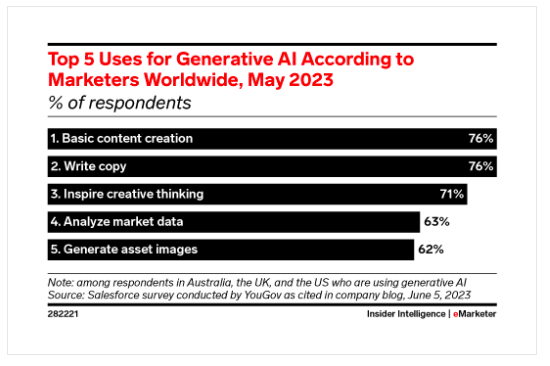
Innovations and Predictions for the Future
- Messaging-based marketing via SMS, WhatsApp etc. facilitates personalized nudges and conversion prompts based on real-time behaviors
- Streaming TV and CTV advertising enables laser focused and retargeting capabilities based on viewing behaviors - almost like digital ads brought to the biggest screen in the house
- The rise of TikTok requires brands to create bite-sized video content designed strictly to entertain. Those who crack the code gain access to highly engaged Gen Z and Millennials.
- Interactive content like chatbots, quizzes and choose-your-own-adventure visual stories immerse customers while capturing data for further personalization
- Loyalty as the new acquisition - with the diminishing effectiveness of interruptive ads, brands will invest more heavily in existing customer experiences and rewards to fuel referrals
The fundamentals remain anchored in understanding your customer, adding value, and measuring behavior. But the methods for optimally delivering will continue rapid evolution. Keep learning, testing new channels, and diversifying efforts to acquire customers into the future.
FAQ
What are the most important factors when identifying your target customer?
Defining your ideal customer requires going beyond basic demographics to uncover psychographic and behavioral data. Start by examining existing customer accounts and surveying them directly to reveal preferences, values, common challenges, and motivations. Look for patterns across your best customers then balance quantitative data with deep conversations to form buyer persona foundations centered around filling key needs better than alternatives.
Align personas with ICPs (Ideal Customer Profiles) specifying:
- Driving forces creating their specific needs
- Barriers or objections you must address
- Content and messaging that fits their viewpoint.
With detailed personas guiding acquisition strategy, ensure website copy, campaign offers and content topics all speak directly to priority customer needs and frame your solution appropriately.
How do you know which digital marketing strategies to focus on?
Success begins with thorough experimentation to determine ideal channels for each persona. Run $100 test campaigns across Facebook, LinkedIn, Google Ads, Quora sponsorships, Reddit ads and influencer promotions. Track conversions by source then double down on platforms reaching and resonating with your personas best.
Analyze performance based on cost per conversion (not just impressions or clicks) to continually refine targeting. Review analytics to see landing pages and calls-to-action driving outcomes then tailor page content and messaging to match. Continual testing reveals what attracts your niche audiences and converts.
What mistakes cause content marketing efforts to fail?
Reasons content misses the mark include:
- Casting too wide of a net trying to attract everyone
- Lacking a distinct voice tailored to personas
- Overly promotional content that feels like an ad
- Self-serving content focused solely on company offerings
- Getting stuck covering the same worn-out ground
- Failing to promote across channels once created
Truly effective content stems from questions your niche audiences are asking then provides unexpectedly satisfying answers while citing your solutions as a viable option rather than the hard sell.
How can you capture more email addresses from your site traffic?
Unlock more subscriber sign-ups by:
- Offering something of high-perceived value like a special toolkit, guide, or discounted deal exclusively for email members. Require their information just to access your premium piece of gated content.
- Incentivizing current happy customers to refer friends interested in your products or content for special rewards, discounts, and free offers increasing reach through word-of-mouth.
- Utilizing pop-ups and overlays sparingly when visitors seem engaged to invite them to your subscriber list while browsing key pages. Time these to appear as they may leave to rescue some exits.
- Embedding simple email signup boxes prominently throughout pages - why wait until visitors are leaving to ask them to join? Capture more subscribers directly during moments of peak interest.
What tips actually work to improve email marketing results?
Too many businesses wrongly assume a batch and blast approach will suffice. To lift open rates from 20% to 50%+ and click-through rates into double digits, create triggered, personalized email journeys adapted specifically to different audience groups.
Map out a multi-touch sequence where early emails provide immense value, mid-funnel focuses on overcoming questions, and closing presents special offers and scarcity to nudge subscribers redeeming from your business.
Also, follow automation with tailored one-on-one conversations from real staff at the points prospects need that human touch. This lifecycle methodology grows engagement exponentially.
Why should companies focus on retention as an acquisition channel?
Acquiring new customers has become astronomically more difficult and expensive over the past decade. Meanwhile, existing happy customers can become your best brand advocates. Equip them with referral tools, exclusive rewards and early access privileges to tap their networks on your behalf.
Additionally, don’t neglect opportunities to upsell or cross-sell current customers additional offerings as expanding share of wallet carries higher success rates over new customer acquisition thanks to familiarity and trust already established.
What emerging advertising channels show particular promise for customer acquisition?
Given younger generations flocking in massive numbers to TikTok, mastering creative short-video content presents huge opportunities to drive awareness and interest with Gen Zers and Millennials.
Additionally, the dominance of messaging apps globally means exploring chat-based marketing on platforms like WhatsApp and WeChat may uncover new modes of engaging your personas.
Streaming TV and newer formats like shoppable video offer methods for showcasing products and services in front of highly engaged viewers.
How do you calculate the metrics that matter most for acquisition campaigns?
Begin by clearly defining your conversion events tied to a sale - signup, software trial download, ecommerce order etc. Everything flows from there.
Your cost per acquisition or customer acquisition costs derive from total sales and marketing expenses over a period divided by the number of new customers captured.
Compare to lifetime value or expected revenue per newly acquired customer type based on average repeat transactions, retention periods etc.
Optimal LTV to CAC ratio depends greatly on business model and margins, but top performers maintain at least 3-5X LTV relative to CAC. Use this efficiency gauge to determine effective budgets for future acquisition efforts.
What tools help dig deeper into acquisition efforts beyond top-line numbers?
Marketing analytics platforms like Google Analytics, Mixpanel and Adobe Analytics offer a wealth of details for fine tuning tactics.
Dig into metrics like click-through-rates on calls to action and email links to guide better creative. Pages-per-session and time-on-site reveal content resonating. Goal conversion rates based on key pages help prioritize better landing experience focused on converting vs purely attracting audiences.
Analysis reveals clear winners to replicate across more programs as well as underperformers to eliminate in optimization. Continually test and measure to enhance acquisition.






